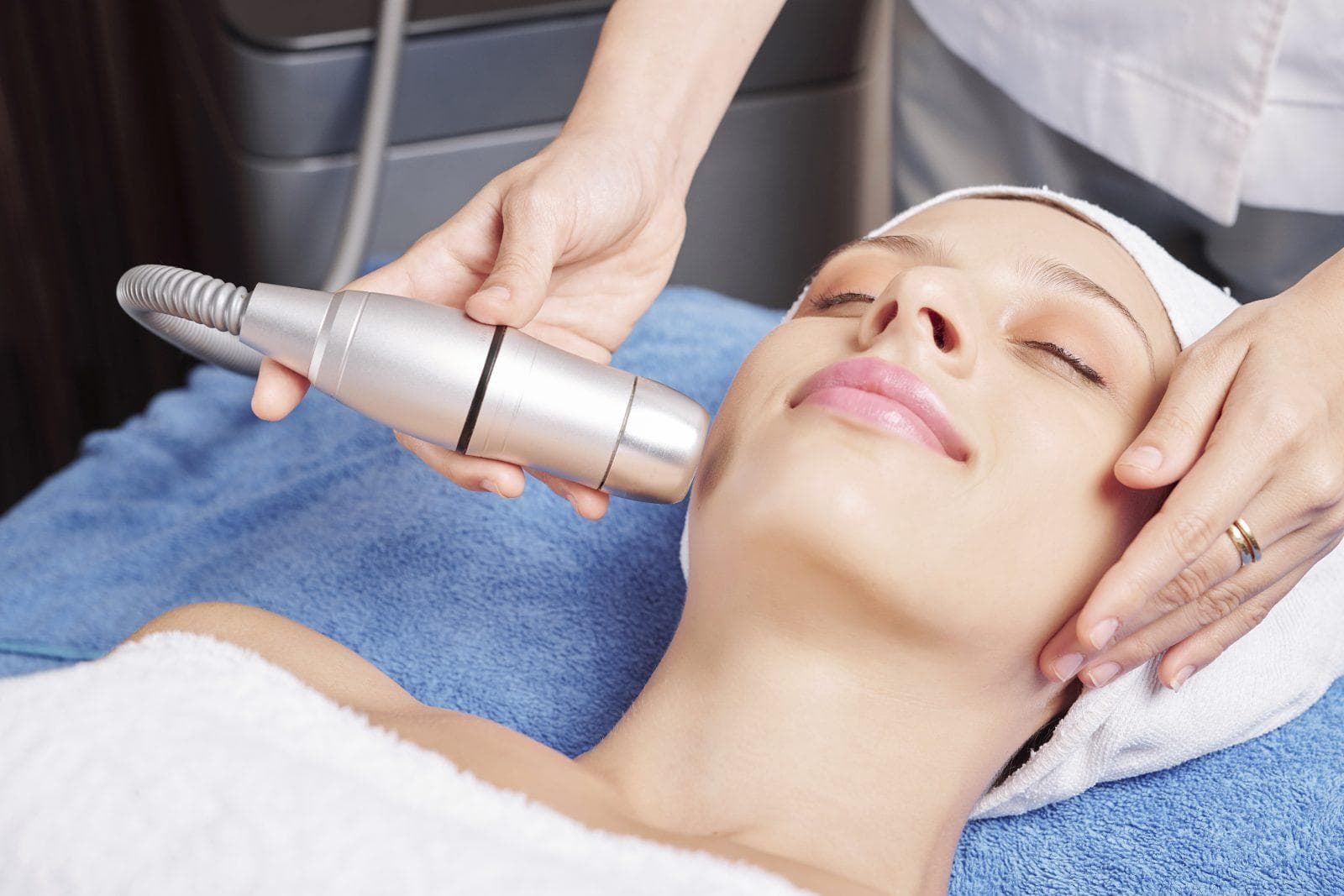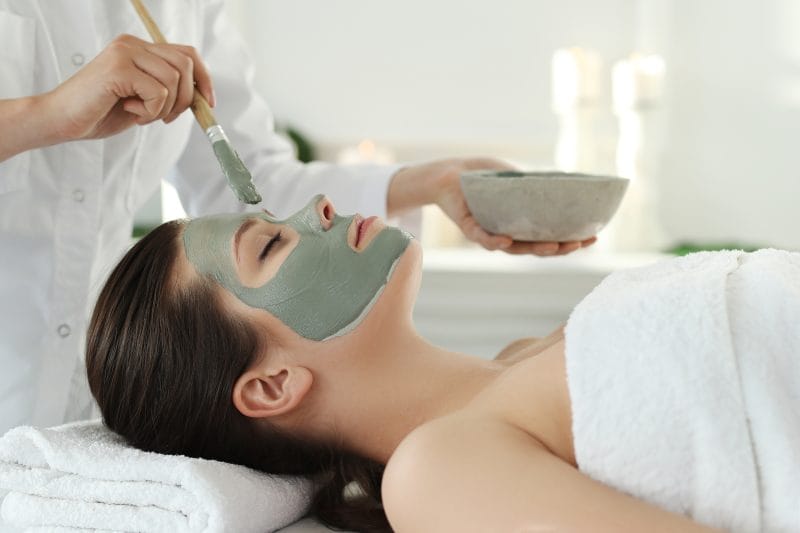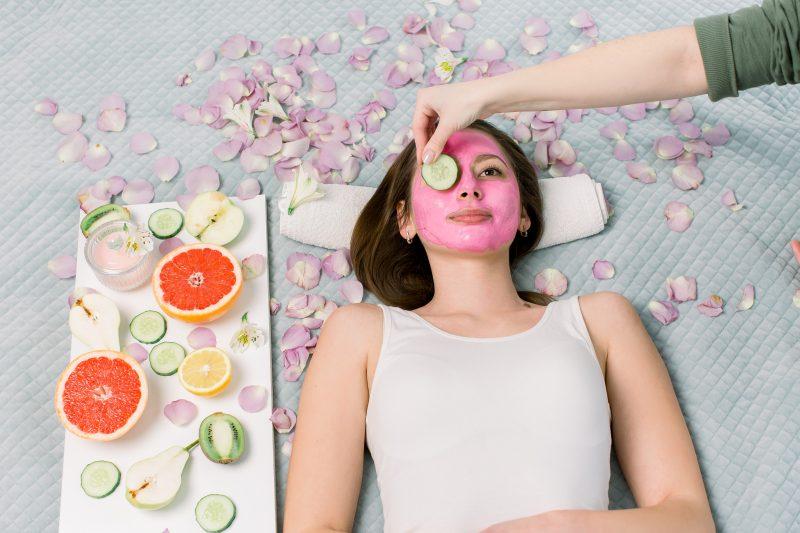Estheticians, Professional Skincare, Skincare
3 Simple Ways to Reduce Dark Spots
Dark spots, also known as hyperpigmentation, can be a frustrating and unsettling skincare concern. They can be caused by a variety of factors, including sun damage, hormonal changes, and acne scars. While they’re not harmful, they can be unsightly and can make you feel self-conscious about your skin. Fortunately, there are several simple and effective ways to reduce the appearance of dark spots.
1. Use Retinol
Retinol is a form of vitamin A that is often touted as a miracle ingredient in the skincare world. It has been proven to be effective in reducing the appearance of fine lines, wrinkles, and dark spots. Retinol works by increasing cell turnover and stimulating collagen production, which can help to fade dark spots over time.
When using retinol to reduce dark spots, it’s important to start slowly and build up your tolerance. Retinol can be irritating to the skin, especially if you have sensitive skin, so it’s best to start with a low concentration and gradually increase it over time. You should also be sure to use a gentle cleanser and moisturizer to keep your skin hydrated and protected.
It’s also important to note that retinol can make your skin more sensitive to the sun, so it’s essential to wear sunscreen every day. Look for a broad-spectrum sunscreen with an SPF of at least 30 and reapply it every two hours if you’re spending time outdoors.
2. Pair Retinol with Complementary Ingredients
While retinol is an effective ingredient for reducing dark spots, it can also cause some potential side effects like dryness, flakiness, and redness. To combat these side effects, it’s important to pair retinol with complementary ingredients like hyaluronic acid and niacinamide.
Hyaluronic acid is a hydrating ingredient that can help to plump and moisturize the skin. It works by attracting water to the skin and holding it there, which can help to reduce the appearance of fine lines and wrinkles. Niacinamide, also known as vitamin B3, is another effective ingredient for reducing dark spots. It works by inhibiting the production of melanin, which is the pigment that causes dark spots.
When using these complementary ingredients, it’s important to choose products that are formulated for your skin type and concerns. Look for products that contain a combination of these ingredients or try layering different products to get the benefits of each ingredient.
3. Consult with a Skincare Professional
If you’re struggling with dark spots, it’s always a good idea to consult with a skincare professional. A dermatologist or aesthetician can assess your skin and recommend the most effective anti-aging routine for your individual skin type and concerns.
They may recommend a combination of in-office treatments and at-home skincare products to help reduce the appearance of dark spots. In-office treatments like chemical peels, microdermabrasion, and laser therapy can be effective in reducing hyperpigmentation, but they can also be costly and require downtime.
At-home skincare products like retinol, hyaluronic acid, and niacinamide can also be effective in reducing dark spots, but it’s important to choose products that are formulated for your skin type and concerns. A skincare professional can help you navigate the overwhelming world of skincare products and choose the ones that will work best for you.
Conclusion
Reducing the appearance of dark spots can be a frustrating and persistent skincare concern, but it doesn’t have to be. By using retinol, pairing it with complementary ingredients like hyaluronic acid and niacinamide, and consulting with a skincare professional, you can effectively reduce the appearance of dark spots and achieve a more even complexion.
Remember to start slowly with retinol, always wear sunscreen, and choose products that are formulated for your skin type and concerns. With a little patience and consistency, you can achieve the clear, radiant skin you’ve always wanted.





